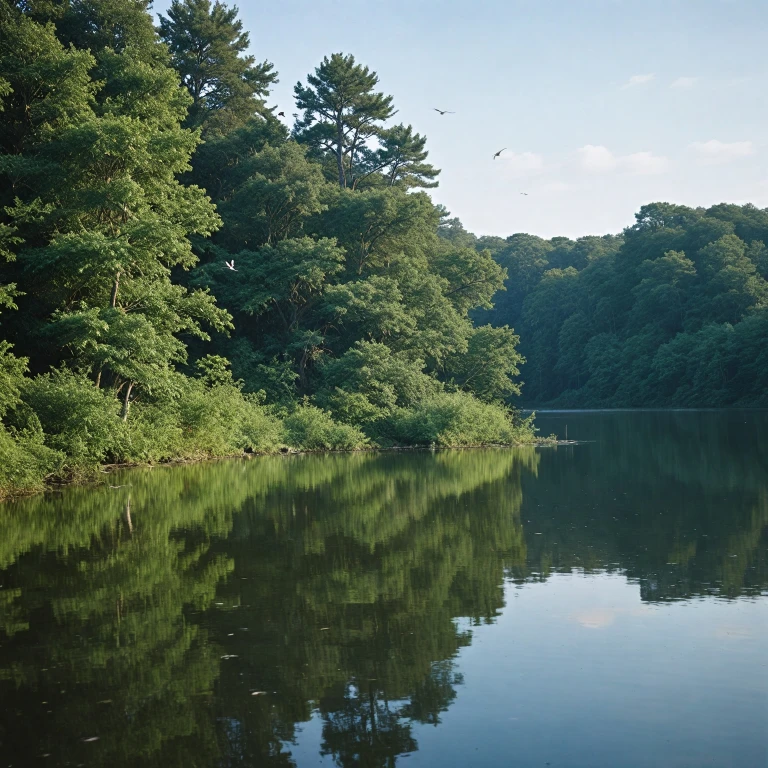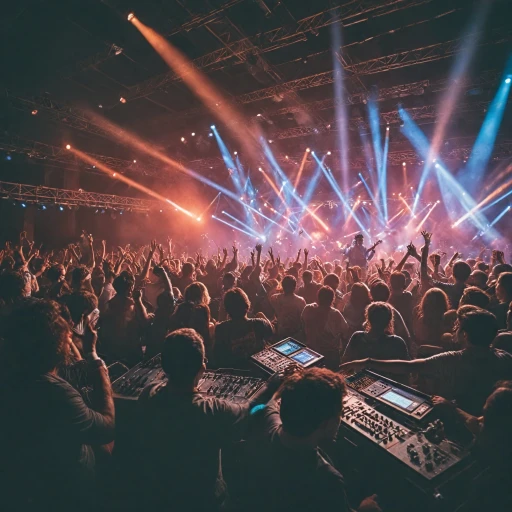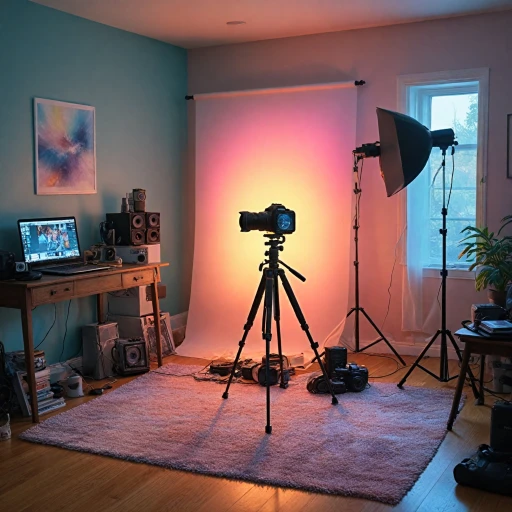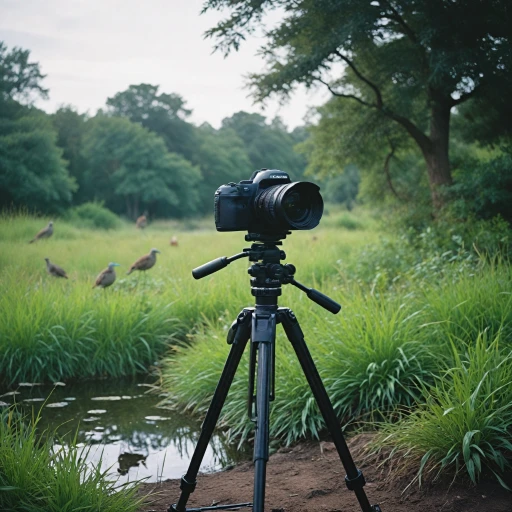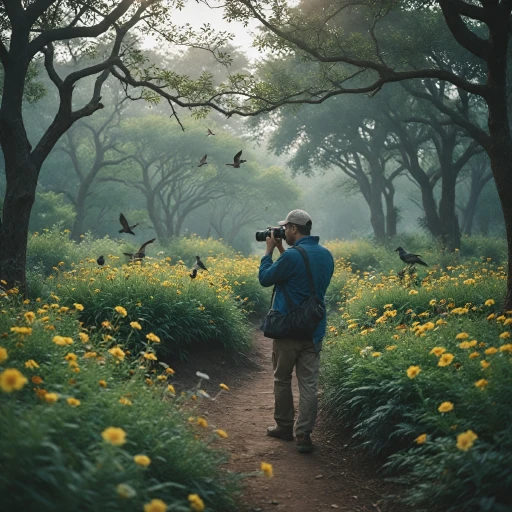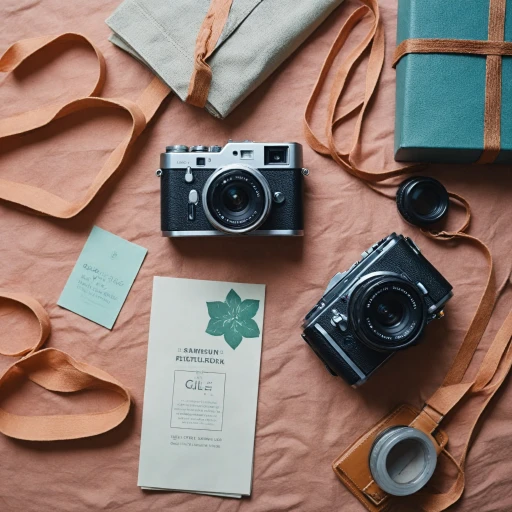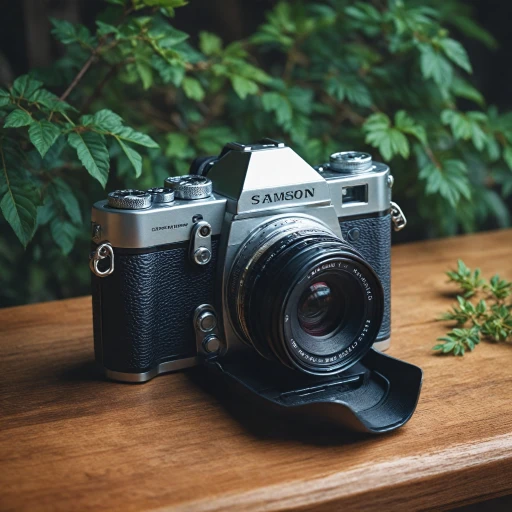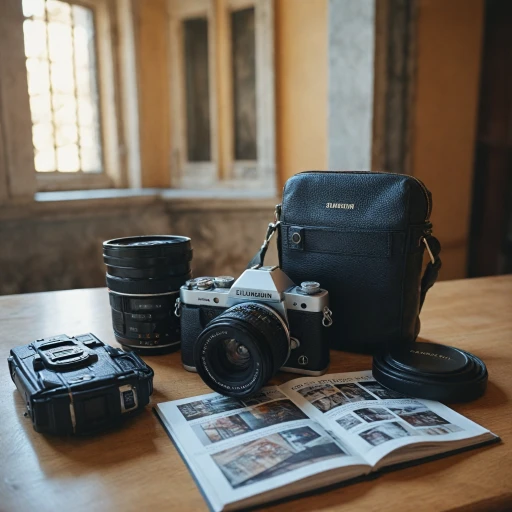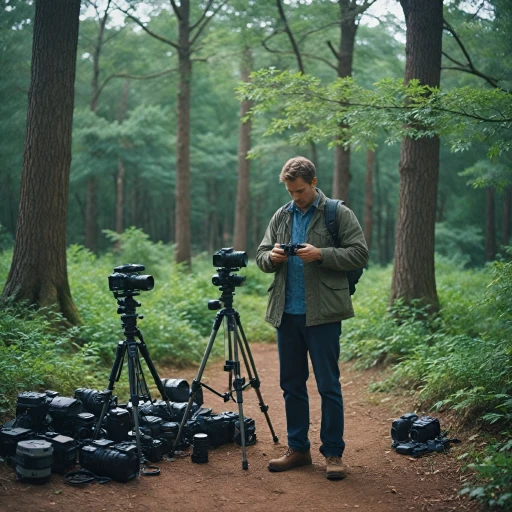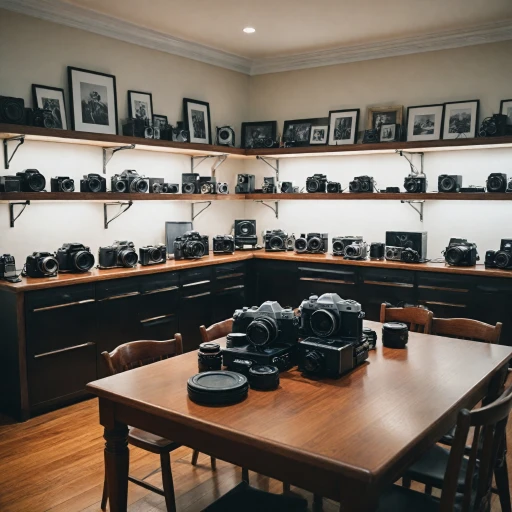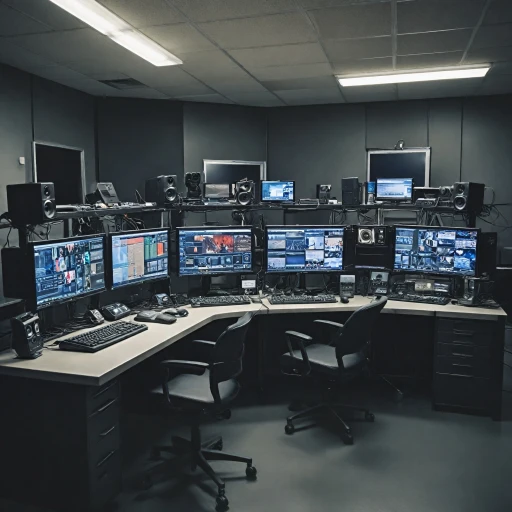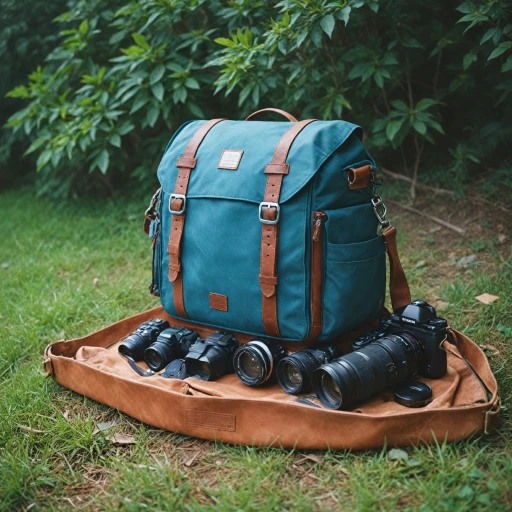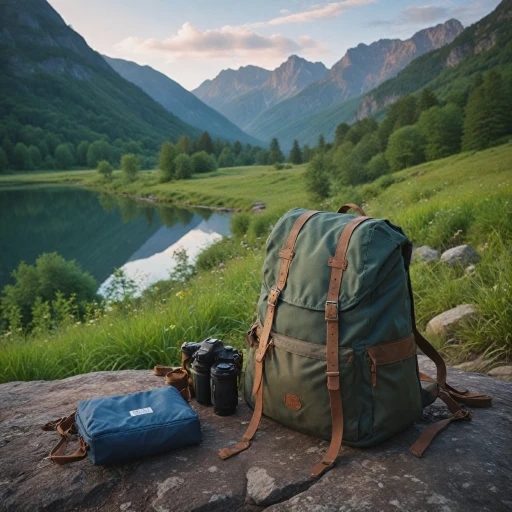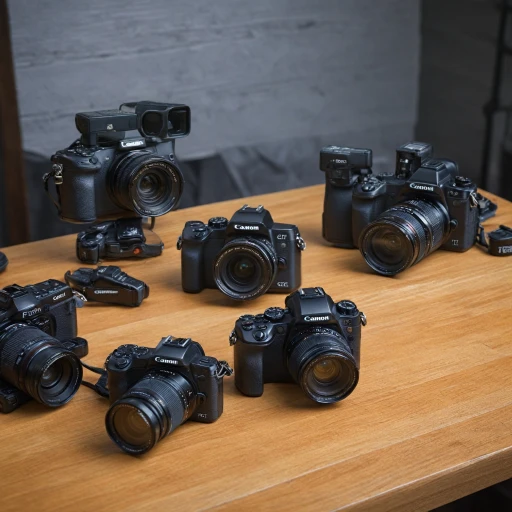
Understanding the Essentials of Bird Photography
What Makes Bird Photography Unique?
Bird photography is a dynamic and challenging art form, often demanding patience and agility from photographers. Capturing the fleeting moments of birds in action involves understanding their behavior and habitat. Enthusiasts often venture into wildlife-rich areas, looking for that perfect shot that pairs both the bird’s elegance and natural surroundings.
The Importance of Fast and Accurate Equipment
Essential to any successful bird photography session is the camera and lens choice. The right photography camera can make all the difference in capturing fast-moving subjects like birds. Cameras with a fast autofocus system and image stabilization are highly coveted among wildlife photographers. Models that offer high frame rates will enhance your ability to capture those quick movements.
Opting for Quality Sensors
The image quality is largely determined by the sensor size and performance. A full frame sensor can offer superior low light performance and better image resolution. Brands like Canon, Sony, and Nikon are noted for their stellar full frame cameras, ensuring clear and detailed images.
Exploring Lens Options
Pairing your camera with the right lens is crucial. Telephoto lenses are popular choices for bird photography, allowing you to photograph subjects from a distance without disturbing their natural activity. Always consider the focal length and the type of stabilization the lens offers.
From Mirrorless to Bridge Cameras
Mirrorless cameras have become increasingly popular for wildlife photography due to their compact size and technological advancements. Meanwhile, bridge cameras offer an accessible option for beginners looking to expand their skills without investing heavily upfront.
For those interested in diving deep into the world of high-end photography gear, exploring the expensive cameras on the market may provide insight into the latest technological advancements and features designed for serious photographers.
Key Features to Look for in a Camera
Identify the Key Features for Excellence in Bird Photography
When delving into the world of bird photography, it’s essential to recognize the characteristics that distinguish a stellar camera from a basic one. This pursuit requires knowledge not only about the device itself but also about how it complements your intended photography. Here’s a closer look at what to focus on:- Sensor Type and Size: An often-debated feature in cameras is the sensor. A full frame sensor, often found in a Canon EOS or a Sony model, enables capturing higher-quality images, particularly in low light settings. This can be crucial for bird photography where lighting conditions are unpredictable.
- Autofocus System: Birds in action are unpredictable, making a strong autofocus system invaluable. Cameras like those from Canon or Nikon often lead the market in quick and accurate focusing capabilities, ensuring you capture the bird precisely when needed.
- Continuous Shooting Speed: For wildlife photography, a high frames per second (fps) rate is critical. It’s what allows the camera to catch a sequence of movements, creating vibrant and smooth images of birds in motion.
- Image Stabilization: Integrating image stabilization is important for mitigating camera shake, especially when using zoom lenses. Both Canon USM and Nikon systems have robust options that enhance image stability.
- Ergonomics and Durability: Shooting wildlife often means navigating varied terrains. Well-designed cameras, such as mirrorless models or bridge cameras, offer comfortable grips and robust weather sealing.
Top Camera Models for Bird Photography
Leading Choices for Enthusiastic Bird Photographers
When setting out to capture the swift, exquisite movements of birds, selecting the right camera is crucial. A few models stand out due to their advanced features and proven performance in bird and wildlife photography. Sony A9 IIRenowned for its incredibly fast autofocus and high-speed shooting capabilities, the Sony A9 II is a favorite among wildlife photographers. Its impressive 20 frames-per-second continuous shooting allows for capturing even the most elusive birds in action. The camera’s full-frame sensor ensures excellent image quality and detail, even in low light conditions. Canon EOS R5
The Canon EOS R5 offers a remarkable mix of resolution and speed, making it a top contender in the list of best cameras for bird photography. With its 45-megapixel full-frame sensor and up to 20 fps shooting speed, it marries detail with the necessary burst for wildlife photography. The EOS R5’s advanced image stabilization feature helps reduce vibrations for sharp images. Nikon Z9
Nikon’s entry into the mirrorless camera market, the Z9, brings formidable power to photography. This camera boasts a high-resolution sensor and advanced autofocus, ensuring that bird enthusiasts don’t miss any of the sharp details in their subjects. The integrated image stabilization further ensures stable, high-quality images during shooting. Panasonic Lumix GH5
While not a full-frame option, the Panasonic Lumix GH5’s performance makes it a popular choice for those who value affordability alongside capability. It provides excellent 4K video quality, a noteworthy feature for those who like to capture moving images alongside their stills. When selecting a camera, remember, it’s not just about the advanced specs. Evaluating a well-balanced focal length lens is crucial too. Refer to an appropriate camera lens for bird photography to complement your choice of camera. These top camera models highlight the blend of technology and design that enhances your bird photography experience, enabling you to capture stunning images with clarity and precision.
Lens Selection: Making the Most of Your Camera
Understanding the Role of Lenses in Bird Photography
When it comes to capturing birds in action, selecting the right lens is just as crucial as choosing the best camera. The lens you use can significantly impact the quality and detail of your images, especially when shooting in the dynamic environment of wildlife photography.
Focal Length: Getting Closer to the Action
For bird photography, a lens with a long focal length is essential. This allows you to capture detailed images of birds from a distance without disturbing them. Lenses with a focal length of 300mm or more are often recommended for this type of photography. Telephoto lenses are particularly effective, enabling you to fill the frame with your subject and highlight intricate details.
Image Stabilization: Reducing Motion Blur
Image stabilization is a critical feature in lenses for wildlife photography. It helps reduce the blur caused by camera shake, especially when shooting handheld at long focal lengths. Brands like Canon and Nikon offer lenses with advanced stabilization technology, ensuring sharper images even in low light conditions.
Choosing Between Prime and Zoom Lenses
Both prime and zoom lenses have their advantages. Prime lenses, with their fixed focal lengths, often provide superior image quality and larger apertures, which are beneficial in low light. On the other hand, zoom lenses offer flexibility, allowing you to adjust the focal length without changing lenses, which can be advantageous when tracking moving birds.
Lens Compatibility and Mounts
Ensure your chosen lens is compatible with your camera body. For example, Canon EOS cameras require EF or RF mount lenses, while Nikon cameras use F or Z mounts. Mirrorless cameras from brands like Sony and Panasonic Lumix may require specific adapters to use certain lenses.
Investing in Quality Glass
High-quality lenses often come with a higher price tag, but they are a worthwhile investment for serious bird photographers. Lenses with superior glass elements and coatings can significantly enhance image quality, reducing aberrations and improving color accuracy.
In summary, choosing the right lens is a vital part of bird photography. By understanding the features and specifications that matter most, you can make informed decisions that enhance your photography experience.
Camera Settings for Optimal Bird Shots
Aperture: Balance Depth and Light
For bird photography, mastering your camera's aperture is crucial to obtain sharp and well-exposed images. A wide aperture, such as f/2.8 or f/4, is ideal for isolating the bird from its surroundings, providing a smooth bokeh effect. This setting allows more light into the sensor, which is beneficial when shooting in low-light conditions or capturing fast-moving birds.Shutter Speed: Freeze the Action
Bird photography often involves capturing rapid movements. Selecting a fast shutter speed, like 1/2000 of a second or faster, helps freeze the action and capture crisp images. This is especially important when photographing fast birds or those in flight. Increasing the ISO can also aid in achieving fast shutter speeds without underexposing your shots.ISO: Sensitivity to Light
Adjust the ISO setting based on the available light conditions. For bright daylight, a lower ISO, such as 100 or 200, works well. In dim lighting, raise the ISO to maintain a fast shutter speed. However, be mindful of the balance, as higher ISO settings can introduce noise, potentially impacting image quality.Continuous Shooting Mode: Capture Every Moment
Utilize the continuous or burst shooting mode to increase your chances of capturing that perfect shot, particularly when photographing birds in flight. Whether using a Canon, Nikon, or Sony camera, this mode is indispensable in wildlife photography, allowing you to take multiple images in quick succession.Autofocus: Precision is Key
Accurate autofocus is critical. Switch to the camera's continuous autofocus mode (AI Servo in Canon or AF-C in Sony and Nikon) to track moving subjects accurately. Many modern cameras offer advanced tracking features, ensuring well-focused images even when a bird flies erratically.Image Stabilization: Maintain Sharpness
Image stabilization is particularly helpful when shooting handheld. It compensates for small movements, reducing the chances of blurred images. This feature is available in various cameras and lenses, including Canon EOS models with USM technology and other lenses with optical stabilization. By understanding and optimizing these camera settings, bird enthusiasts can elevate their wildlife photography, capturing stunning images that do justice to the beauty and dynamism of birds in action.Tips and Techniques for Better Bird Photography
Mastering the Techniques for Capturing Birds on the Wing
Bird photography is a unique blend of patience, skill, and timing, and adjusting your techniques can make a substantial difference in the images you capture. Here are some tips to elevate your bird photography game:- Understand Bird Behavior: Observing the habits and routines of birds can greatly improve your chances of capturing better images. Birds have predictable patterns, and spending time learning about these can help anticipate their actions, making it easier to capture that perfect shot.
- Use Continuous Shooting Mode: Set your camera to continuous shooting mode to increase your chances of capturing a bird in motion. This feature allows you to take multiple shots in quick succession, vital for getting that one perfect picture amidst the flurry of wings.
- Image Stabilization is Key: Whether you’re using a canon eos or a sony mirrorless camera, ensuring that image stabilization is enabled can help reduce any blurriness from hand movement, especially when shooting with a longer focal length lens.
- Optimize Your Camera Settings: Consider the lighting conditions before clicking the shutter. In low light, increase the ISO to ensure a fast enough shutter speed to freeze action. Make sure to balance it with noise control to maintain image quality.
- Manipulate Depth and Focus: A shallow depth of field (using a wider aperture) can help isolate birds from their background, highlighting them as the central subject of your image. Be sure to focus on the bird's eyes as they tend to be the most engaging part of the photograph.
- Timing and Patience: The best shots often require waiting for the right moment. Be patient, and don’t rush the process. Sometimes, staying still and quiet in the same spot will allow opportunities to arise naturally.
- Regular Practice: Like any art, the more you practice, the better you'll get. Regularly inspecting your images to understand what worked and what didn’t will develop your skills over time.
